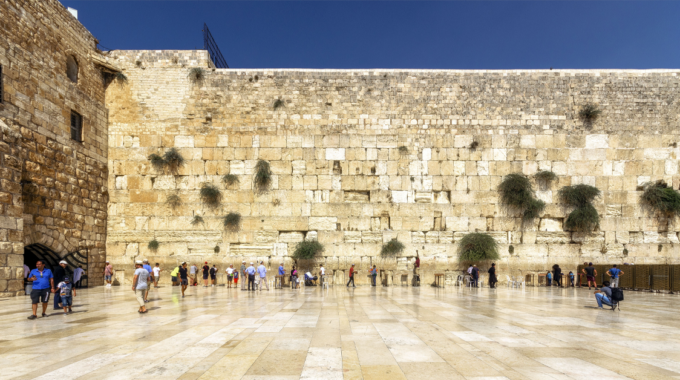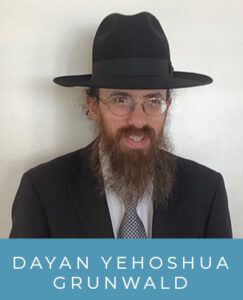Adapted from the writings of Dayan Yitzhak Grossman April 18, 2024 AP News reports: A…

Q&A from the Bais HaVaad Halacha Hotline
Wear and Tear
July 27, 2023
Q Should I do kriah when davening at the Kosel?

A One who sees Yerushalayim[1] or the mekom haMikdash in their destruction must perform kriah (Shulchan Aruch O.C. 561:2), making a one-tefach tear in one garment, e.g., a shirt. If he sees Yerushalayim and then the mekom haMikdash, he makes a tear for each, the second at least three finger-widths from the first. But if he tore for the mekom haMikdash and only then saw Yerushalayim, it is sufficient to just add a bit to the first tear.
If within thirty days he sees these sites again, he need not repeat kriah. There is a minhag that many follow that residents of Yerushalayim don’t do kriah on either site, even after a thirty-day absence.
On the way to the Kosel you will see Yerushalayim and most likely also the mekom haMikdash. Act according to the above based on what you see and in what sequence.
Kriah must be done while standing. Even bedieved, if performed while sitting it is invalid and must be repeated. If you go to the Kosel by car and can’t stop for kriah on the way, and by your arrival you already saw both Yerushalayim and the mekom haMikdash, tear once for both.
It is cited in the name of the Steipler Gaon that tearing twice is only lechat’chilah, and bedieved, if one waited to tear until he saw both sites, he has not violated the basic halacha (Orchos Rabeinu Vol. 2 p. 150). It seems that based on this, most people only do one kriah, because they often aren’t able to tear kriah on the way.
Many poskim (including the Chazon Ish and Rav Elyashiv) hold that one is exempt from kriah on Erev Shabbos after chatzos, lest the sadness carry over into Shabbos. (On motza’ei Shabbos or Rosh Chodesh, the obligation applies.) And most poskim disapprove of the workaround of going to these sites wearing a borrowed shirt.
[1] This refers to parts of Yerushalayim that existed at the time of the Bais Hamikdash, e.g., Sha’ar Yafo and parts of the Old City. Seeing the golden mosque dome is considered seeing the mekom haMikdash rather than Yerushalayim.





